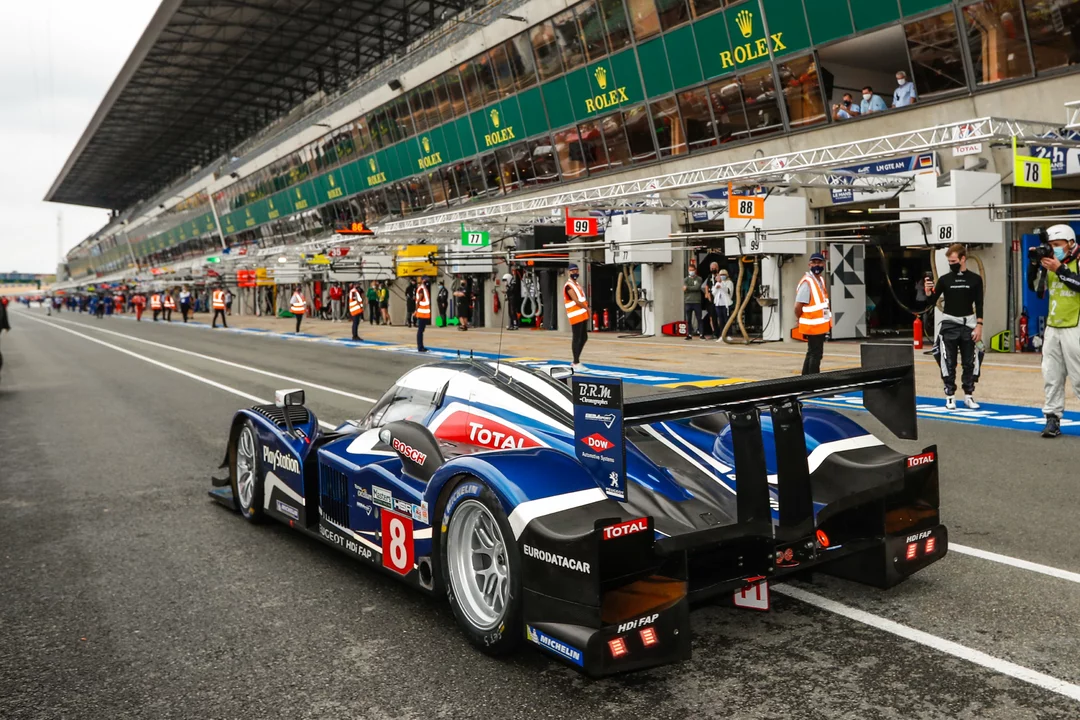Motorsports and Racing: Your Go‑To Spot for Speed, Stories, and Skill
Did you know the longest race on the planet lasts a full day? That’s the kind of drama you’ll find in motorsports, from street‑sprint sprints to marathon endurance marathons. Whether you’re a seasoned fan or just curious about the roar of engines, this page gives you the quick facts, exciting updates, and behind‑the‑scenes looks you need.
Why Le Mans Is a 24‑Hour Test of Endurance
Le Mans isn’t just a race; it’s a 24‑hour showcase of how far cars and drivers can push their limits. The event began in 1923 to see which machines could survive a full day of speed. Over the years, teams have learned that winning isn’t about pure horsepower—it’s about teamwork, fuel strategy, and staying steady when the sun sets and the track gets slick.
During those 24 hours, drivers swap seats, engineers monitor tire wear, and pit crews hustle like they’re in a relay. The goal? Keep the car moving fast enough to stay ahead, but careful enough to avoid costly breakdowns. That balance makes Le Mans the ultimate lesson in reliability and strategy for anyone who loves motorsport.
Fans get a front‑row seat to drama that changes every hour—daylight racing, night‑time neon, sudden rain showers, and unpredictable traffic. It’s a living lab for automotive tech, and the lessons learned often trickle down to the cars you see on the road.
What Makes Modern Motorsports Thrilling
Today’s racing scene blends old‑school grit with high‑tech flair. Formula 1 teams use data‑loggers that can read a car’s heartbeats in milliseconds, while rally drivers navigate twisted mountain roads with GPS and real‑time weather updates. The common thread? The quest for speed, plus the thrill of beating the clock.
Electric series like Formula E are changing the game, proving that zero‑emission cars can be just as exciting. Meanwhile, grassroots events—local track days, amateur drag runs, and club hill climbs—keep the community vibe alive and give newcomers a chance to get behind the wheel.
Social media now brings the action straight to your phone. Live timing screens, driver podcasts, and behind‑the‑scenes videos let you feel the pit lane buzz without leaving your couch. It’s a perfect time to jump in, follow a team, or even try a virtual racing simulator that mirrors real‑world physics.
So whether you’re counting down to the next Le Mans, watching a sprint race, or exploring the future of electric motorsport, you’ve got a place to get up‑to‑date, learn why each event matters, and join a community that lives for the next lap.
Leicester U21s End Four-Match Winless Streak with 3-1 Victory Over Southampton U21s
- Landon Speedwell
- on Nov 26 2025
- 0 Comments
Wales Crushed 52-26 by All Blacks in Cardiff as Winless Streak Hits 30 Matches
- Landon Speedwell
- on Nov 23 2025
- 0 Comments
Celtic crush Falkirk 4-0 as O'Neill bows out with a win at Paradise
- Landon Speedwell
- on Oct 30 2025
- 0 Comments
Why is Le Mans a 24-hour race? Why is it so long?
- Landon Speedwell
- on May 5 2023
- 0 Comments
Le Mans is a 24-hour race to test the endurance and reliability of both cars and drivers, pushing their limits in a day-long marathon. This iconic event began in 1923 and has since become a symbol of the ultimate test of automotive technology and driver skill. The race's length emphasizes teamwork, strategy, and efficient energy management, which are crucial factors in motorsport. It also provides a unique spectacle for fans, as they get to witness the cars racing through day and night, with ever-changing weather conditions. In summary, Le Mans is a monumental challenge that showcases the best of motorsport in a thrilling 24-hour-long race.



